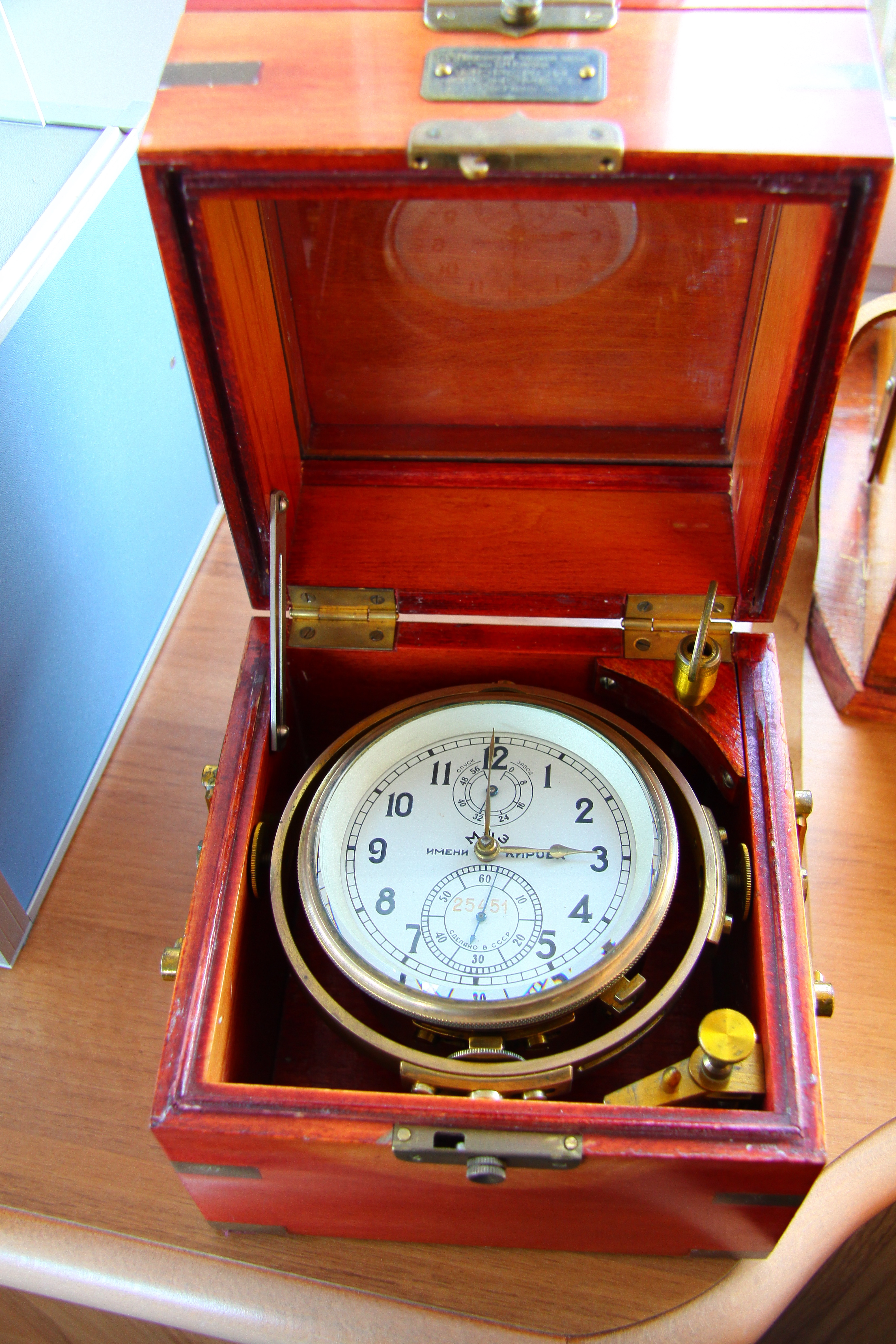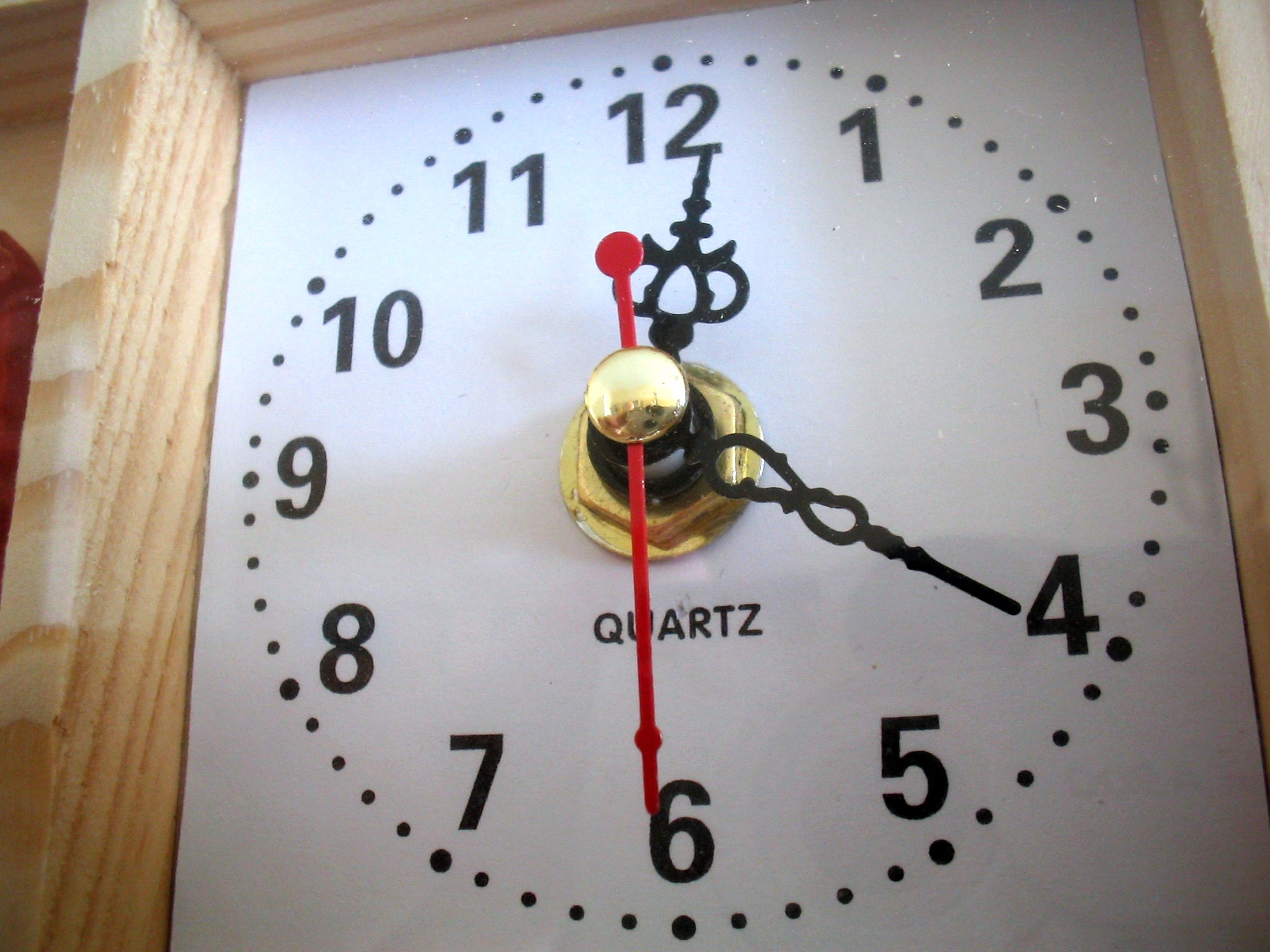|
Real Time Clock
A real-time clock (RTC) is an electronic device (most often in the form of an integrated circuit) that measures the passage of time. Although the term often refers to the devices in personal computers, servers and embedded systems, RTCs are present in almost any electronic device which needs to keep accurate time of day. Terminology The term ''real-time clock'' is used to avoid confusion with ordinary hardware clocks which are only signals that govern digital electronics, and do not count time in human units. RTC should not be confused with real-time computing, which shares its three-letter acronym but does not directly relate to time of day. Purpose Although keeping time can be done without an RTC, using one has benefits: * Low power consumption (important when running from alternate power) * Frees the main system for time-critical tasks * Sometimes more accurate than other methods A GPS receiver can shorten its startup time by comparing the current time, according to its ... [...More Info...] [...Related Items...] OR: [Wikipedia] [Google] [Baidu] |
Lithium Battery
Lithium battery may refer to: * Lithium metal battery, a non-rechargeable battery with lithium as an anode ** Rechargeable lithium metal battery, a rechargeable counterpart to the lithium metal battery * Lithium-ion battery, a rechargeable battery in which lithium ions move from the negative electrode to the positive electrode during discharge and back when charging ** Thin-film lithium-ion battery, a solid-state lithium-ion battery constructed as a thin-film ** Aqueous lithium-ion battery ** Lithium-ion flow battery ** Lithium ion manganese oxide battery * Lithium polymer battery * Lithium–sulfur battery * Lithium-titanate battery * Lithium–air battery * Lithium iron phosphate battery * Nickel–lithium battery * Lithium–silicon battery * Lithium vanadium phosphate battery * Lithium hybrid organic battery See also *List of battery types *Lithium batteries in China *High capacity oceanographic lithium battery pack *Glass battery, which may use a lithium metal electrode *Sub ... [...More Info...] [...Related Items...] OR: [Wikipedia] [Google] [Baidu] |
Chip-scale Atomic Clock
A chip scale atomic clock (CSAC) is a compact, low-power atomic clock fabricated using techniques of microelectromechanical systems (MEMS) and incorporating a low-power semiconductor laser as the light source. The first CSAC physics package was demonstrated at NIST in 2003, based on an invention made in 2001. The work was funded by the US Department of Defense's Defense Advanced Research Projects Agency (DARPA) with the goal of developing a microchip-sized atomic clock for use in portable equipment. In military equipment it is expected to provide improved location and battlespace situational awareness for dismounted soldiers when the global positioning system is not available, but many civilian applications are also envisioned. Commercial manufacturing of these atomic clocks began in 2011. The CSAC, the world's smallest atomic clock, is 4 x 3.5 x 1 cm (1.5 x 1.4 x 0.4 inches) in size, weighs 35 grams, consumes only 115 mW of power, and can keep time to within 10 ... [...More Info...] [...Related Items...] OR: [Wikipedia] [Google] [Baidu] |
Marine Chronometer
A marine chronometer is a precision timepiece that is carried on a ship and employed in the determination of the ship's position by celestial navigation. It is used to determine longitude by comparing Greenwich Mean Time (GMT), or in the modern world its successor Coordinated Universal Time (UTC), and the time at the current location found from observations of celestial bodies. When first developed in the 18th century, it was a major technical achievement, as accurate knowledge of the time over a long sea voyage was vital for effective navigation, lacking electronic or communications aids. The first true chronometer was the life work of one man, John Harrison, spanning 31 years of persistent experimentation and testing that revolutionized naval (and later aerial) navigation and enabling the Age of Discovery and Colonialism to accelerate. The term ''chronometer'' was coined from the Greek words '' χρόνος (chronos)'' (meaning time) and ''meter'' (meaning measure) in 1713 by ... [...More Info...] [...Related Items...] OR: [Wikipedia] [Google] [Baidu] |
Celestial Navigation
Celestial navigation, also known as astronavigation, is the practice of position fixing using stars and other celestial bodies that enables a navigator to accurately determine their actual current physical position in space (or on the surface of the Earth) without having to rely solely on estimated positional calculations, commonly known as "dead reckoning", made in the absence of satellite navigation or other similar modern electronic or digital positioning means. Celestial navigation uses "sights", or timed angular measurements, taken typically between a celestial body (e.g. the Sun, the Moon, a planet, or a star) and the visible horizon. Celestial navigation can also take advantage of measurements between celestial bodies without reference to the Earth horizon, such as when the Moon and other selected bodies are used in the practice called "lunars" or lunar distance method, used for determining precise time when time is unknown. Celestial navigation by taking sights of the ... [...More Info...] [...Related Items...] OR: [Wikipedia] [Google] [Baidu] |
Microelectromechanical Systems
Microelectromechanical systems (MEMS), also written as micro-electro-mechanical systems (or microelectronic and microelectromechanical systems) and the related micromechatronics and microsystems constitute the technology of microscopic devices, particularly those with moving parts. They merge at the nanoscale into nanoelectromechanical systems (NEMS) and nanotechnology. MEMS are also referred to as micromachines in Japan and microsystem technology (MST) in Europe. MEMS are made up of components between 1 and 100 micrometers in size (i.e., 0.001 to 0.1 mm), and MEMS devices generally range in size from 20 micrometres to a millimetre (i.e., 0.02 to 1.0 mm), although components arranged in arrays (e.g., digital micromirror devices) can be more than 1000 mm2. They usually consist of a central unit that processes data (an integrated circuit chip such as microprocessor) and several components that interact with the surroundings (such as microsensors). Because of the la ... [...More Info...] [...Related Items...] OR: [Wikipedia] [Google] [Baidu] |
Tuning Fork
A tuning fork is an acoustic resonator in the form of a two-pronged fork with the prongs (tines) formed from a U-shaped bar of elastic metal (usually steel). It resonates at a specific constant pitch when set vibrating by striking it against a surface or with an object, and emits a pure musical tone once the high overtones fade out. A tuning fork's pitch depends on the length and mass of the two prongs. They are traditional sources of standard pitch for tuning musical instruments. The tuning fork was invented in 1711 by British musician John Shore, sergeant trumpeter and lutenist to the royal court. Description A tuning fork is a fork-shaped acoustic resonator used in many applications to produce a fixed tone. The main reason for using the fork shape is that, unlike many other types of resonators, it produces a very pure tone, with most of the vibrational energy at the fundamental frequency. The reason for this is that the frequency of the first overtone is about = = t ... [...More Info...] [...Related Items...] OR: [Wikipedia] [Google] [Baidu] |
Hearing Range
Hearing range describes the range of frequencies that can be heard by humans or other animals, though it can also refer to the range of levels. The human range is commonly given as 20 to 20,000 Hz, although there is considerable variation between individuals, especially at high frequencies, and a gradual loss of sensitivity to higher frequencies with age is considered normal. Sensitivity also varies with frequency, as shown by equal-loudness contours. Routine investigation for hearing loss usually involves an audiogram which shows threshold levels relative to a normal. Several animal species are able to hear frequencies well beyond the human hearing range. Some dolphins and bats, for example, can hear frequencies over 100 kHz. Elephants can hear sounds at 14–16 Hz, while some whales can hear infrasonic sounds as low as 7 Hz. Measurement A basic measure of hearing is afforded by an audiogram, a graph of the absolute threshold of hearing (minimum discer ... [...More Info...] [...Related Items...] OR: [Wikipedia] [Google] [Baidu] |
Quartz Clock
Quartz clocks and quartz watches are timepieces that use an electronic oscillator regulated by a quartz crystal to keep time. This crystal oscillator creates a signal with very precise frequency, so that quartz clocks and watches are at least an order of magnitude more accurate than mechanical clocks. Generally, some form of digital logic counts the cycles of this signal and provides a numerical time display, usually in units of hours, minutes, and seconds. Since the 1980s, when the advent of solid-state digital electronics allowed them to be made compact and inexpensive, quartz timekeepers have become the world's most widely used timekeeping technology, used in most clocks and watches as well as computers and other appliances that keep time. Explanation Chemically, quartz is a specific form of a compound called silicon dioxide. Many materials can be formed into plates that will resonate. However, quartz is also a piezoelectric material: that is, when a quartz crystal is su ... [...More Info...] [...Related Items...] OR: [Wikipedia] [Google] [Baidu] |
Utility Frequency
The utility frequency, (power) line frequency (American English) or mains frequency (British English) is the nominal frequency of the oscillations of alternating current (AC) in a wide area synchronous grid transmitted from a power station to the end-user. In large parts of the world this is 50 Hz, although in the Americas and parts of Asia it is typically 60 Hz. Current usage by country or region is given in the list of mains electricity by country. During the development of commercial electric power systems in the late-19th and early-20th centuries, many different frequencies (and voltages) had been used. Large investment in equipment at one frequency made standardization a slow process. However, as of the turn of the 21st century, places that now use the 50 Hz frequency tend to use 220–240 V, and those that now use 60 Hz tend to use 100–127 V. Both frequencies coexist today (Japan uses both) with no great technical reason to prefer one over ... [...More Info...] [...Related Items...] OR: [Wikipedia] [Google] [Baidu] |
Crystal Oscillator
A crystal oscillator is an electronic oscillator circuit that uses a piezoelectric crystal as a frequency-selective element. The oscillator frequency is often used to keep track of time, as in quartz wristwatches, to provide a stable clock signal for digital integrated circuits, and to stabilize frequencies for radio transmitters and receivers. The most common type of piezoelectric resonator used is a quartz crystal, so oscillator circuits incorporating them became known as crystal oscillators. However, other piezoelectricity materials including polycrystalline ceramics are used in similar circuits. A crystal oscillator relies on the slight change in shape of a quartz crystal under an electric field, a property known as inverse piezoelectricity. A voltage applied to the electrodes on the crystal causes it to change shape; when the voltage is removed, the crystal generates a small voltage as it elastically returns to its original shape. The quartz oscillates at a stable ... [...More Info...] [...Related Items...] OR: [Wikipedia] [Google] [Baidu] |





